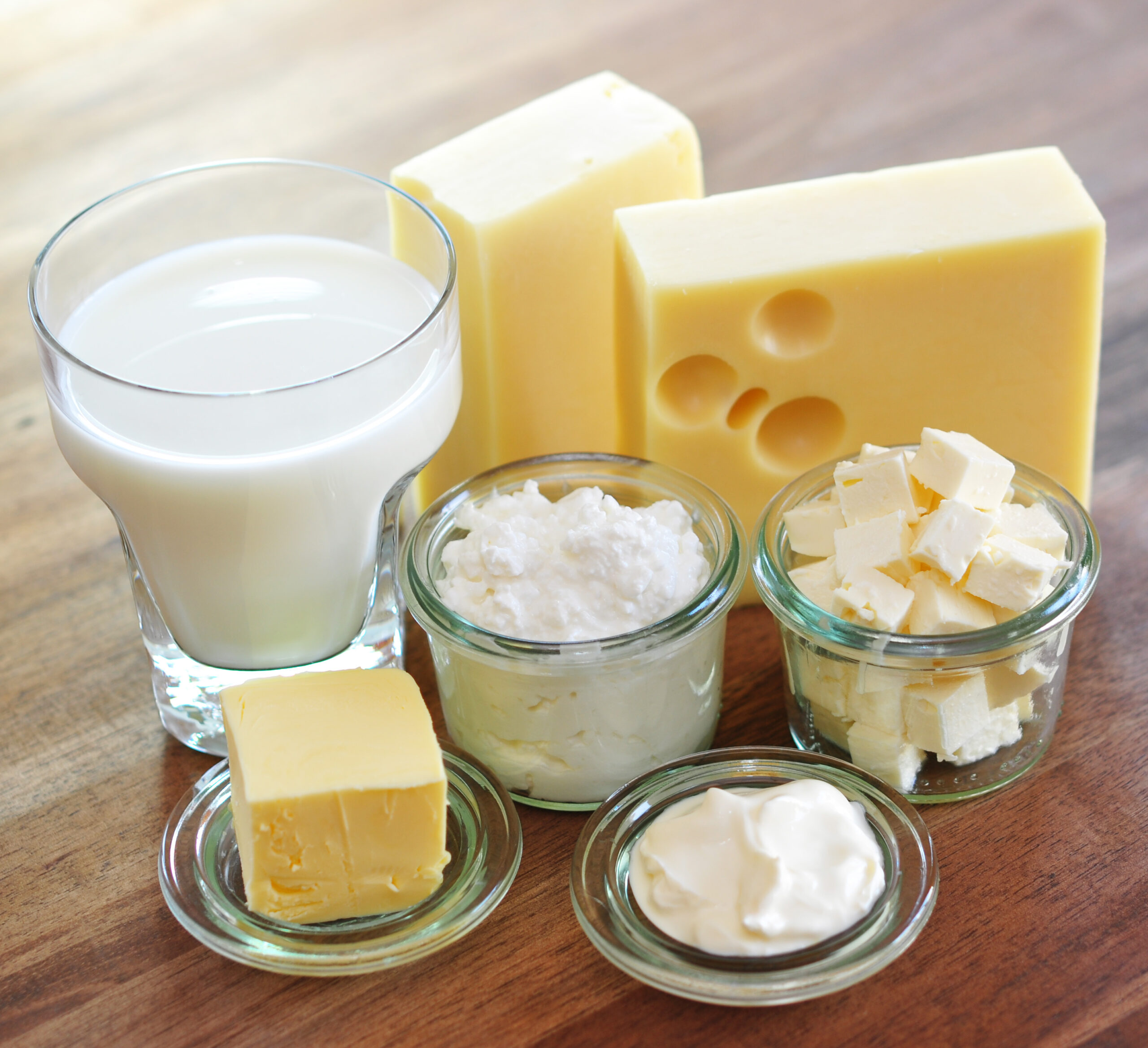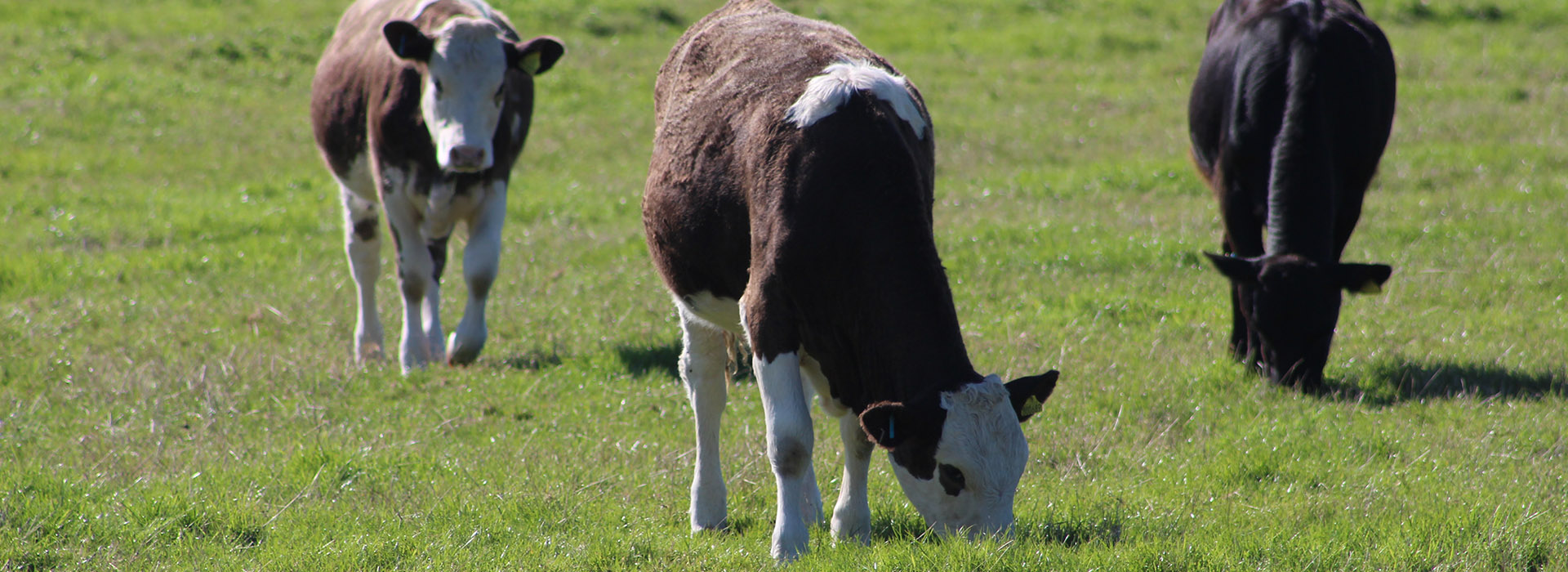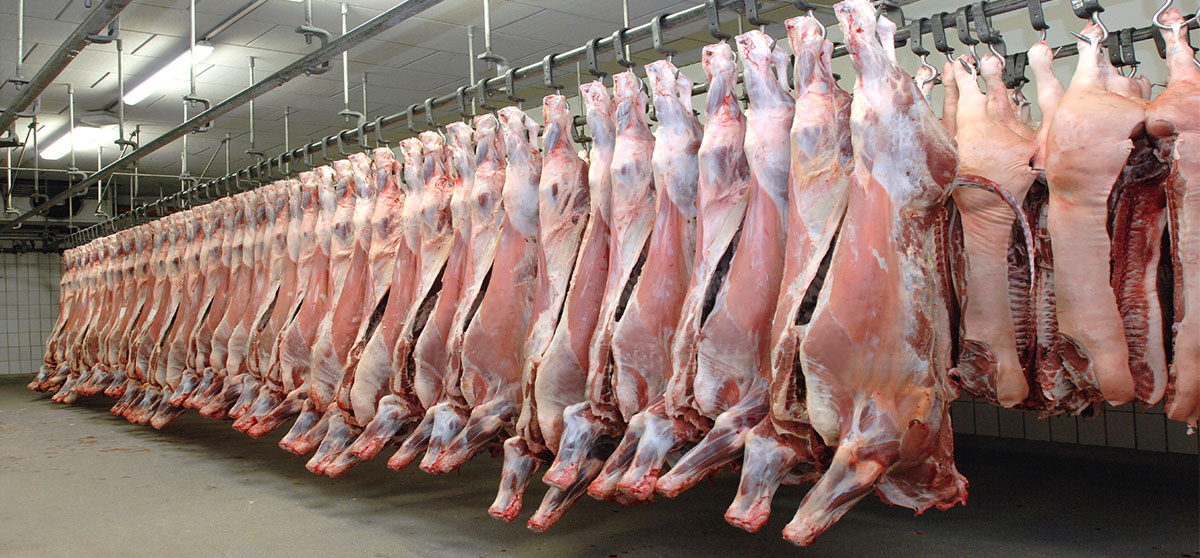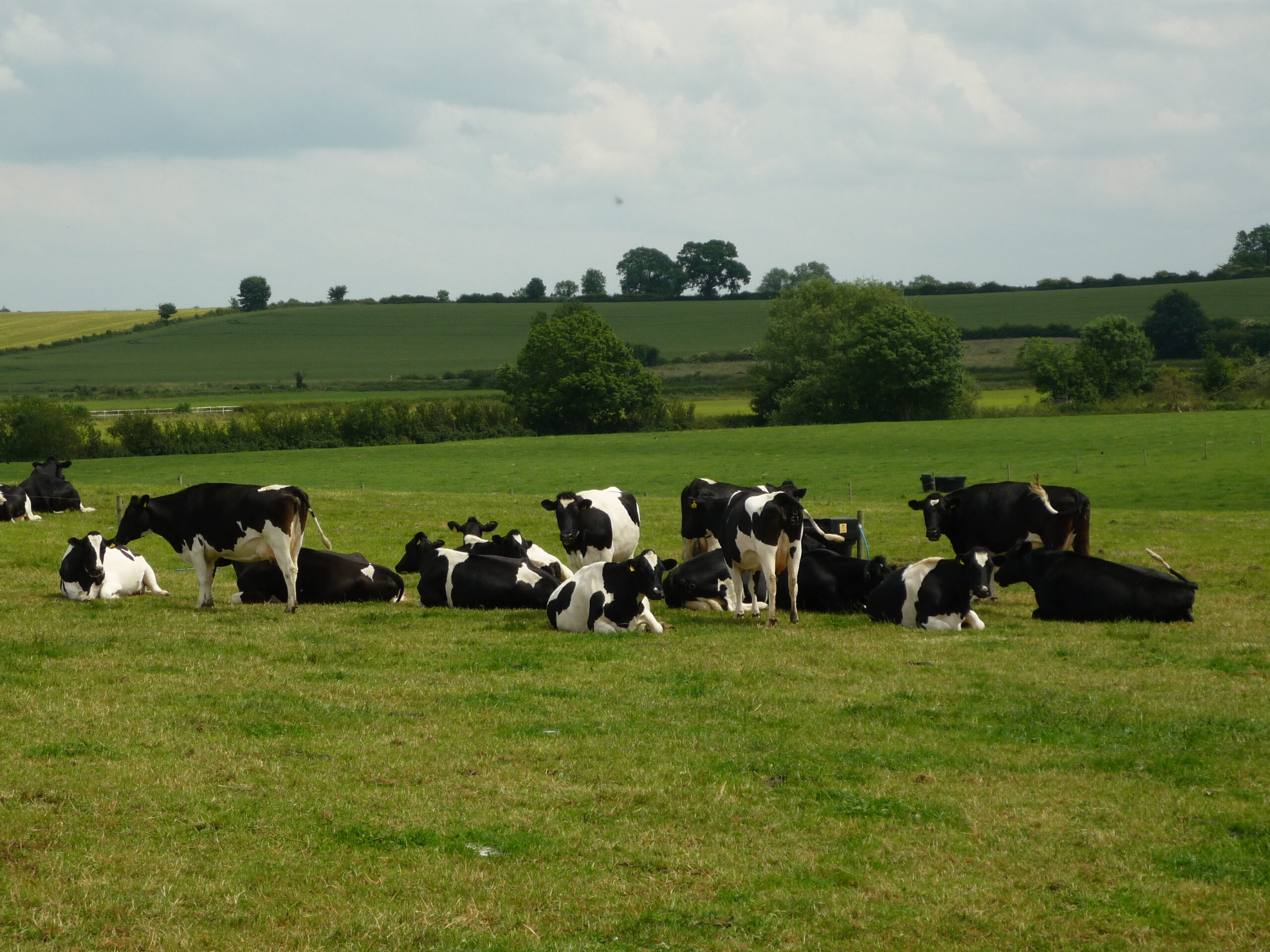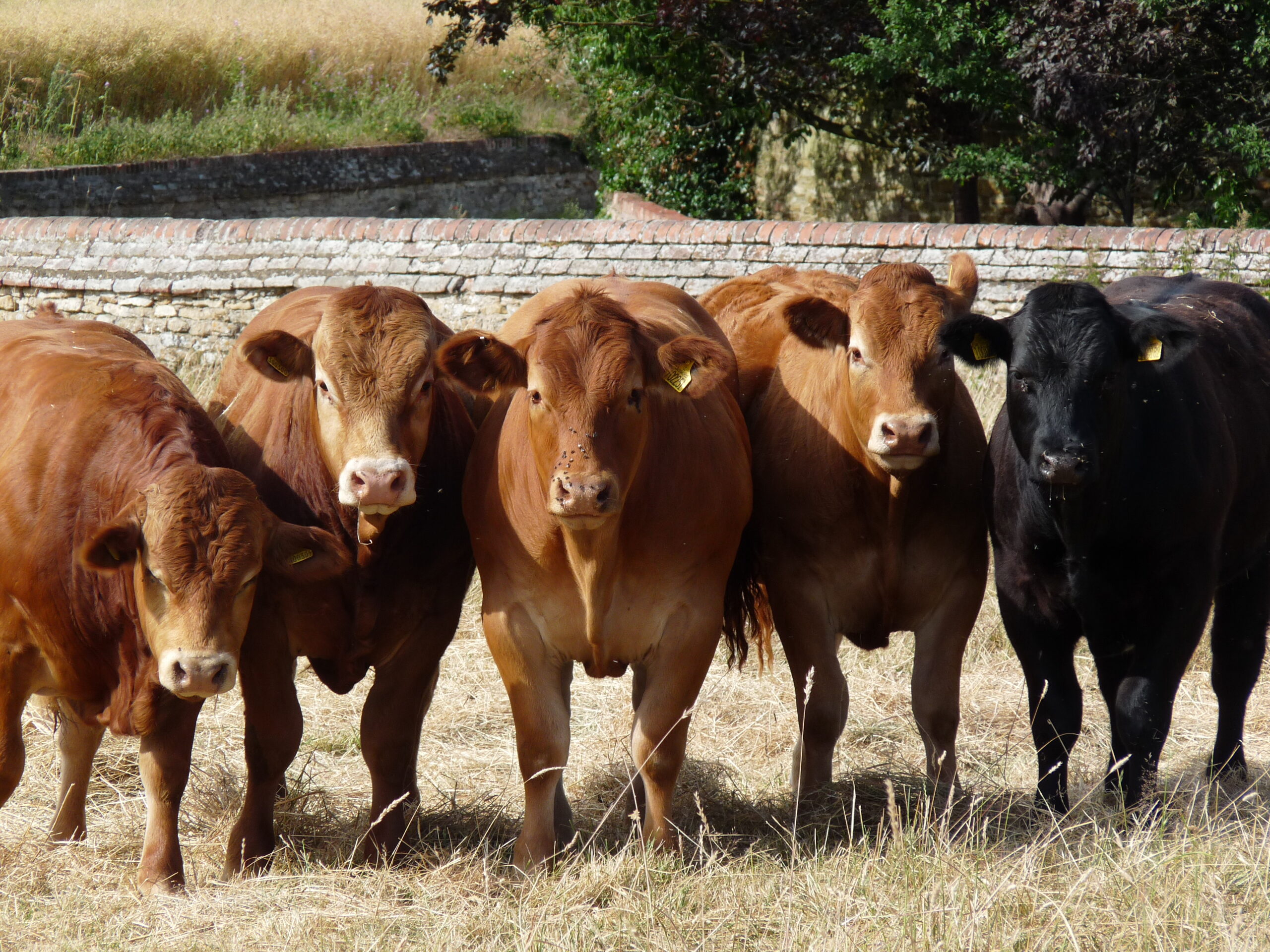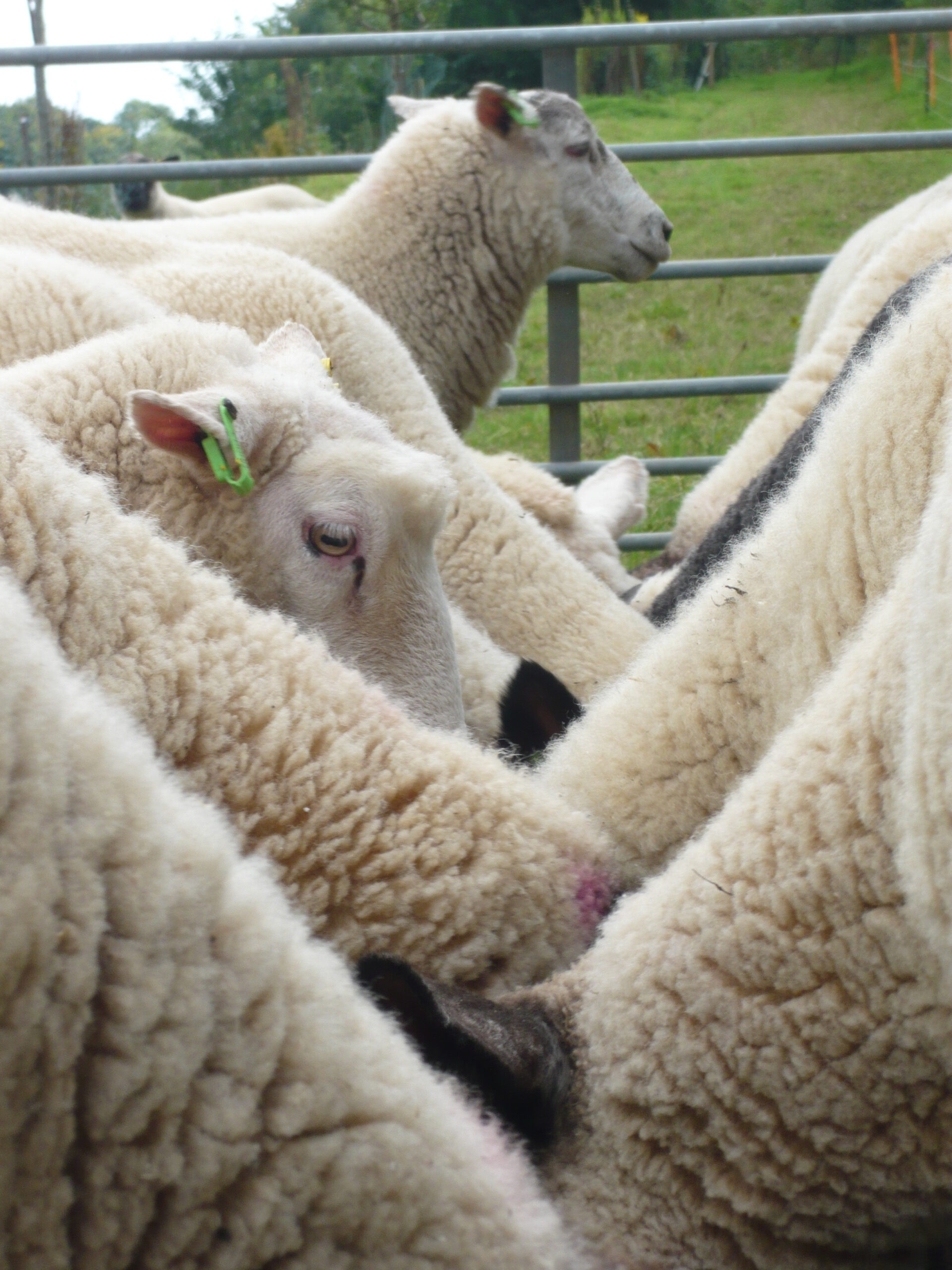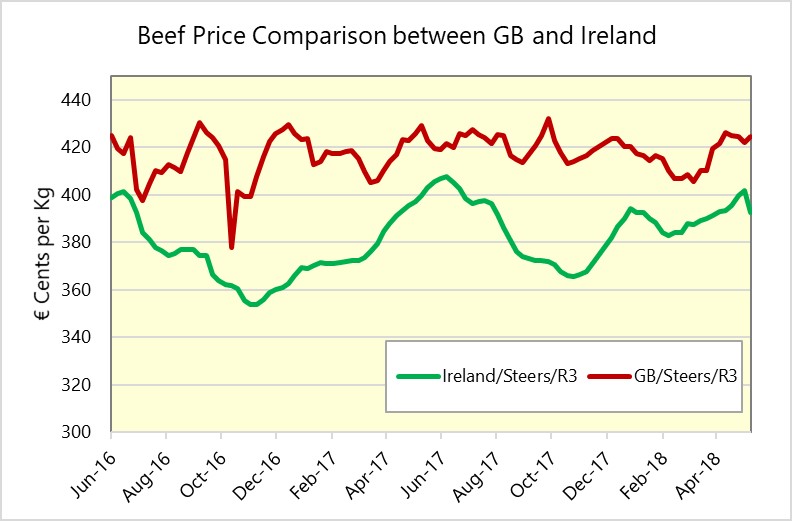There seems to be a confusing picture in the dairy industry at the moment. On the one hand we have commodity prices falling, whilst on the other we have warnings on future milk production.
The average index at the Global Dairy Trade (GDT) auction held at the beginning of the month, saw its largest fall since March 2017; 5%. All products except for Rennet Casein recorded a drop in price, with WMP and SMP down by 7.3% and 4.6% respectively. Cheddar and butter saw a decline of 4.3% and 4% respectively. The latest event, held on 17th July, recorded a further reduction in the average index by 1.7%; the fourth consecutive fall. Butter fell by a whopping 8.1%, with cheddar and AMF recording declines of 3.3% and 5.2% respectively. SMP and WMP did however, show marginal increases of 0.8% and 1.5% after their declines earlier in the month. It is a similar picture closer to home, where, on the Continent, butter and even cream prices, have fallen at a time when you would expect prices to be strong. The UK mild cheddar price, however, is holding up at the moment; there is some negativity creeping in, but this is expected to be temporary given the warnings on future milk production.
The long, dry and very hot weather is now impacting on milk output. Fields are parched and limited winter forage is already being used; those considering feeding concentrate to replace losses in milk production will only do so if the milk price is high enough. The European Commission has revised down its short-term production growth forecast for 2018 from 1.4% to 1.2%, citing little growth in the second half of the year, particularly from the main supplying countries of Denmark, France, Ireland the Netherlands and the UK. Farmgate prices in the UK, in the main, continue to increase, although Muller is holding its price for August. Arla are yet to announce but are also likely to hold prices. The following buyers have announced increases from the 1st August;
- A 1.75ppl increase for suppliers to Dairy Crest
- Wyke Farms has announced a 1.5ppl increase
- Barbers Farmhouse Cheesemakers, Wensleydale Creamery and South Caernarfon Creameries have all announced a 1.25ppl increase.
- Suppliers to Belton Farm and Glanbia cheese will receive a 1ppl rise
- Yew Dairies and Meadow Foods have both announced a 0.5ppl increase for their suppliers
- The quarterly review for the dedicated suppliers to the Tesco cost of production tracker will see them receive a 0.33ppl increase, mainly due to the rise in the cost of feed, fertiliser and fuel.
